2020年12月27日
Cosmic Latte: The Average Color of the Universe
Color Credit: Karl Glazebrook & Ivan Baldry (JHU)
Explanation: What color is the universe? More precisely, if the entire sky were smeared out, what color would the final mix be? This whimsical question came up when trying to determine what stars are commonplace in nearby galaxies. The answer, depicted above, is a conditionally perceived shade of beige. In computer parlance: #FFF8E7. To determine this, astronomers computationally averaged the light emitted by one of the larger samples of galaxies analyzed: the 200,000 galaxies of the 2dF survey. The resulting cosmic spectrum has some emission in all parts of the electromagnetic spectrum, but a single perceived composite color. This color has become much less blue over the past 10 billion years, indicating that redder stars are becoming more prevalent. In a contest to better name the color, notable entries included skyvory, univeige, and the winner: cosmic latte.
Gallery: Notable images of the Great Conjunction submitted to APOD
Tomorrow’s picture: eagle space
宇宙拿铁:宇宙的平均颜色
色板提供: Karl Glazebrook & Ivan Baldry (JHU)
说明: 宇宙的颜色是什么?更精确的说,如果把整个天空搅匀,最后会混合出什么颜色?这个异想天开的问题,发想自要测定那些是邻近星系里最常见恒星的工作。上图所呈现的米色,就是目前暂定的颜色,其电脑十六进位色码为#FFF8E7。为了找出这个答案,天文学家计算2dF 星系巡天计画的200,000个星系所发出的光之平均值。所获得的宇宙光谱,虽然在所有的电磁波段都有值,但只组合出单一的感知色泽。在过去的100亿年里,宇宙颜色的蓝色成份越来越少,显示宇宙中较红的恒星变得越来越多。在为宇宙颜色命名的活动里,值得考虑的建议有天牙色、宇米色等,最后胜出的则是宇宙拿铁(cosmic latte)。
明日的图片: eagle space







